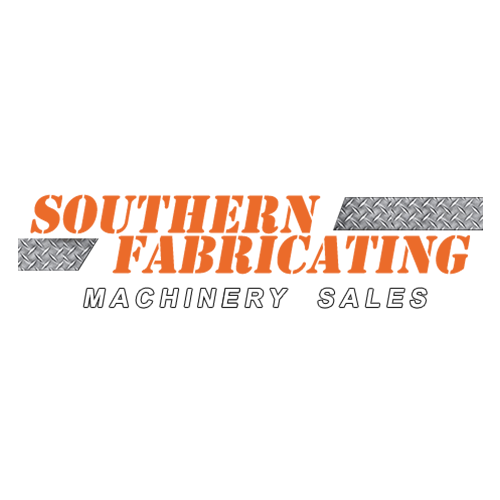
Posted By: Southern Fabricating Machinery Sales | Posted On: July 9, 2020
Unsure Which Type of EDM Machine You Need?
Many of the durable items that surround us feature intricate designs and configurations that are made through metalworking and as we all know, metalworking features three integral parts; forming, joining and cutting. In metal fabrication, like precision machining, several methods are used to form, cut and join metals. While most traditional methods have yielded excellent results, the discovery of Electric Discharge Machining (EDM) came as a reprieve. This is because EDM machines are efficient and reliable and allow the most extreme accuracies as well as details to be achieved. Additionally, they can be utilized in cutting-edge machining applications and complex metalworking areas where conventional methods are difficult. In this piece, we will cover what EDM machines are, what they can be used for, the different types of EDM machinery available, and how to select which is right for your needs.
What is an EDM Machine?
Electrical Discharge Machining (EDM) is a non-traditional electric-controlled process that removes metal from a workpiece through thermal energy use. An electrical discharge machine utilizes thermal erosion to remove small pieces of conductive metal by leveraging the electrical discharge between the cutting tool, the piece being worked on and the dielectric fluid.
During the EDM process, a high-frequency electrical discharge is released in the gap between the cutting tool (electrode) and the piece being worked on. The heat vaporizes the small bits of metal where the electric charge is focused, which are washed away by the stream of the dielectric fluid. During this process, temperatures can rise to 15,000 degrees Fahrenheit.
The EDM process helps fabricators and manufacturers to overcome the issue of hardness. When using traditional methods, hard metals and metal alloys need to be softened to be cut or designed into various shapes. However, EDM machines can make unique cuts and holes on hard metals and metal alloys without the need for softening. Additionally, when conventional machining methods are used, they must be followed by a few more processes for desired cut or shape to be achieved but EDM machines can cut hardened materials and exotic alloys and deliver excellent surface finishes as a bonus. All that is required is conductivity. Although all EDM machines use an electric current to cut materials, they come in various kinds.
3 Common Types of EDM Machines
Wire or “Cheese Cutter” EDM
Wire EDM machine uses a wire electrode and CNC movement to produce the desired shape or contour. This technique removes the conductive material using the spark erosion, which is the primary principle of the EDM process. The wire travels from a spool through precision wire guides controlled in motion by the CNC. Flushed with dielectric (deionized water) to both cool the thin wire and remove the eroded particles a wire edm can be thought of as a very precise and accurate bandsaw.
Drill or Hole Popper EDM
This EDM machine is used to make small holes in a metal piece. The machine utilizes a conductive tube as an electrode and a seamless flow of dialect fluid through and around that electrode to flush out the vaporized metals. The machine's ability to drill accurate and precise holes, even on hard and exotic material, remains one of the forward-looking development fabrication industries.
RAM or Sinker EDM
Being the oldest form of EDM machining, RAM EDM consists of a specially shaped electrode that is plunged into a work piece to create sophisticated cuts and blind shape cavities. As the name suggests, in Sinker EDM machines, both the work piece and electrodes are dipped in the dielectric fluid (light weight and viscosity oils) and through the correct powered generator for the desired results to be achieved.
How to Determine Which EDM Machine is Right for You
One of the most significant advantages of EDM is that it can be used on all materials as long as they are conductive. It allows for shapes and depths that are hard to achieve with other methods. However, when it comes to selecting the best EDM machine, it boils down to several factors.
For starters, the type of design you want to create should guide you on the type of EDM machine you need. Additionally, the type of machine that best suits your project will be determined by the material you are cutting, the kind of precision you want to achieve and the surface finish desired. Wire EDM machines are known for delivering greater precision if you want to make precise incisions on a thick piece of metal or alloy. The splits and contours from this machine are unachievable with other methods.
If you want a machine that combines reliability and precision and your work has blind holes or cavities (molding), Sinker or RAM EDM is the best choice. This type of machine delivers a smoother surface and exact finish details. Lastly, the Drill EDM machines are best suited for projects that involve making precise and small holes on a work piece. The bottom line is; there is no one-size-fits-all criteria for selecting the type of EDM machine that is right for you. It all depends on the material you want to cut, the precision you want to achieve, and the type of finish you desire.
At Southern Fabricating Machinery Sales our team has years of experience (hands on) with EDM machinery and can help you select the right machine for your parts and budget. Call us today at 813-444-4555 or visit us ion the web at www.southernfabsales.com to find out more.






